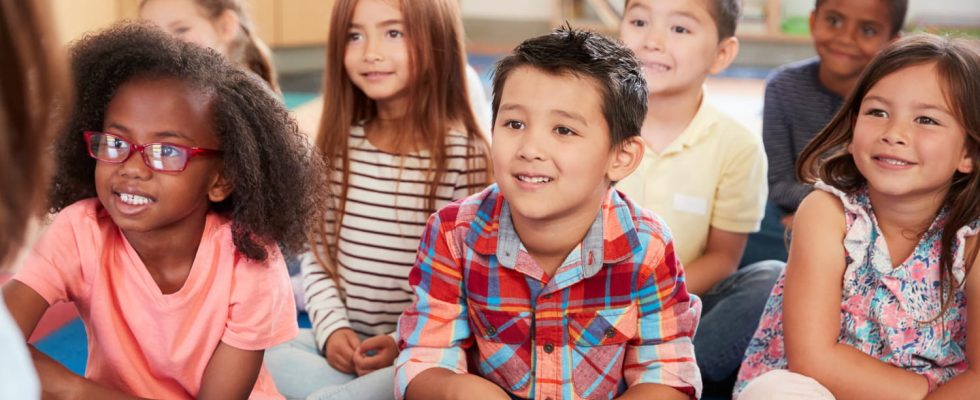International Children’s Rights Day, which takes place on November 20, is an opportunity to remind all countries, but also adults, of the rights and responsibilities they have towards children. Because despite certain developments, millions of young people still experience inequalities, if not violence or forced labor.
Every year, on November 20, we commemorate during the International Children’s Rights Daythe day of adoption by the Assembly of the Declaration of the Rights of the Child (DDE) in 1959. This was completed by the signing, in 1989, of the International Convention on the Rights of the Child (CIDE). Signed by 196 countries, this text aims to ensure social, economic, civil, cultural and political rights for all children, without distinction. Here are the details of children’s rights that signatory states must commit to defending and guaranteeing.
What is the International Convention on the Rights of the Child?
To protect children, who are more vulnerable than adults, a International Convention on the Rights of the Child was created in 1989. This fundamental treaty was unanimously adopted by the UN to recognize minor children as full beings, bearers of social, economic, cultural, civil and political rights. These fundamental, obligatory and non-negotiable rights are thus enshrined in the International Convention on the Rights of the Child. In total, in the world, 196 States – except the United States – promised to defend and guarantee the rights of all children, without distinction, and to answer for these commitments before the United Nations. Note that France was the second European country to have signed the said convention, on August 7, 1990, just after Sweden. With this text, it is therefore the most widely ratified human rights treaty in historyprecise Unicef. Concretely, this convention contains 54 articles which determine what children are entitled to, in order to protect them from the world around them.
The 10 fundamental rights of childhood
THE text of the International Convention on the Rights of the Child sets out the fundamental rights of children. Of the top ten, each child has:
- The right to have a name, an identity, a nationality;
- The right to be cared for and protected from illness, to have a balanced diet and to eat as much as one is hungry;
- The right to learn by going to school;
- The right to be protected from all forms of violence, mistreatment, abuse and exploitation;
- The right to be protected against discrimination;
- The right not to wage war, nor to suffer it;
- The right to have refuge, to be rescued, and to have decent living conditions;
- The right to play freely and have leisure;
- The right to freedom of information, expression and participation;
- The right to have a family, to be surrounded and loved.
Four fundamental principles are highlighted in these rights: non-discrimination, the best interests of the child, the right to live, survive and develop, as well as respect for the child’s opinions. Furthermore, since then, three protocols have been added to the original text. The first two aim to protect children from recruitment into armed conflictsbut also against the sale of children (for purposes of forced labor, illegal adoption, organ donation, etc.), against prostitution as well as pornography featuring children. The third defines the international procedure which allows any child to file a complaint for violation of their rights, directly to the United Nations Committee on the Rights of the Child, when all remedies have been exhausted at the national level, specifies Unicef .
Figures for violence suffered by children
Although the living conditions of children have evolved in recent years, many children’s rights are still struggling to be respected around the world. According to the UN, in 2022 worldwide, “up to 1 billion children aged 2 to 17 have suffered physical, sexual, emotional abuse or neglect.” Among the other figures to remember which testify to these harsh realities around the world, we note:
- 250 million children and young people are not in school;
- 160 million children work, aged 5 to 17. That is almost 1 in 10 children worldwide;
- 7.5 million girls are married each year before the age of 18;
- More than 3 million young girls are threatened with female genital mutilation each year;
- 300,000 child soldiers, including 120,000 in Africa;
The Vision du Monde association also raises concerns about the fate of millions of children exploited by the cosmetics industry, particularly to collect raw materials. If nothing is done to protect them, 140 million children still risk working in 2025alerts the organization.
